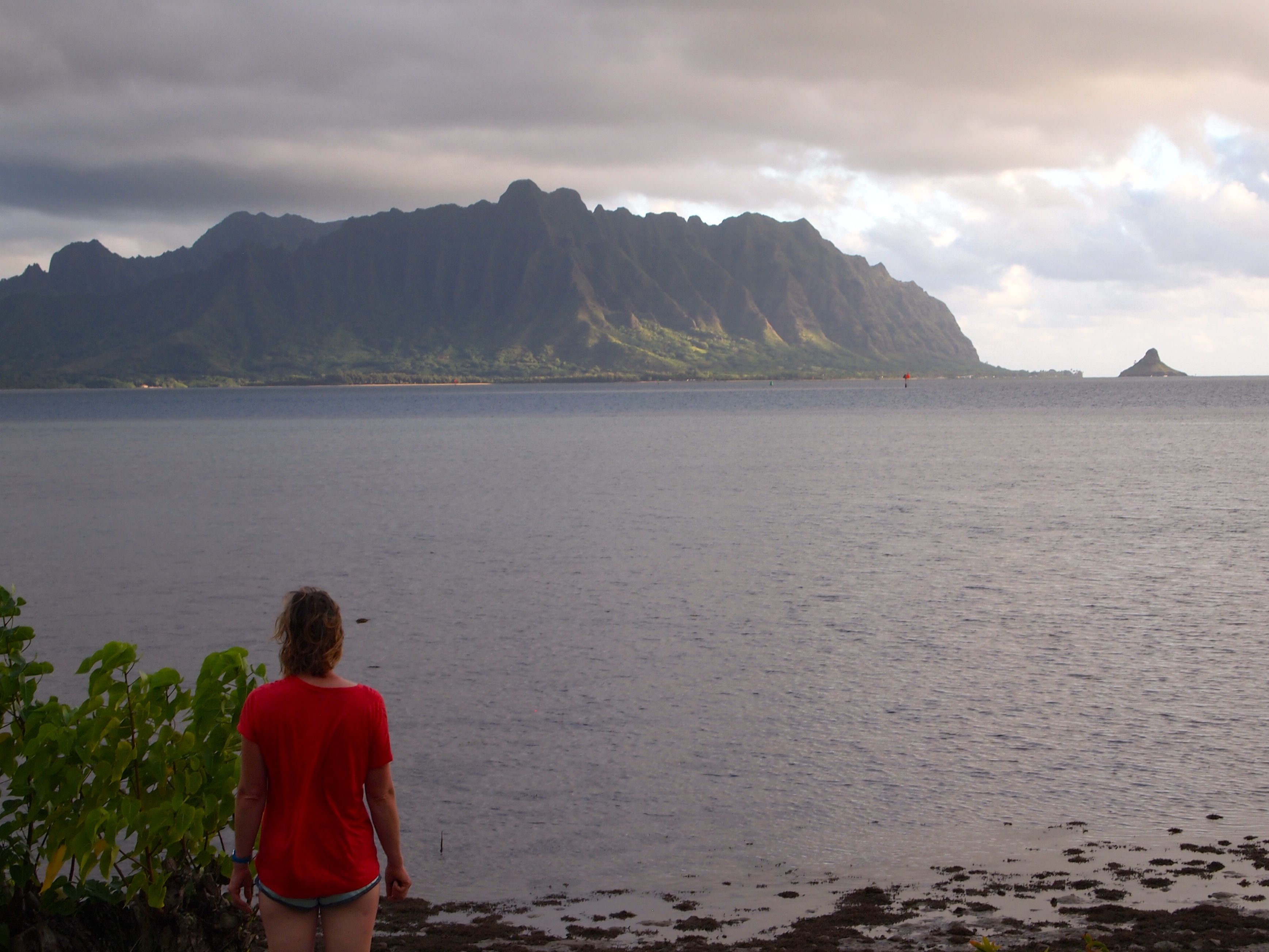Pacific Cup – By the Numbers

I think we’ll probably have one or two more posts on our Pac Cup experience (a video and a few pictures), so bear with us on the updates…but thought there might be some interest in the numbers:
- Diesel taken = 27 gallons, and we finished with ~15 gallons as we ran the engine 2 hours/day to keep the batteries charged since the autopilot was sucking charge like crazy (we were using pretty high gain settings when the chute was up to keep from wiping out)
- Gybes = 1 (too late)
- Hours of no wind = 24-30 hours (selective amnesia!)
- Hours of sleep/per person/per day = 4-6 hours, rarely more than 2 hours at a time
- Items lost overboard = 1 winch handle
- Marine debris pieces hit = 0 (that we know of), but we saw countless pieces of plastic, a channel marker, and Japanese fishing floats (mostly black plastic, but we retrieved a large, green glass ball).
- Miles sailed = 2,208. The straight-line distance for the rhumbline is 2,070 miles, so we were pretty conservative about not sailing extra miles. Our maximum daily run was 210.
- People on board = 2, plus the autopilot (which we should NOT have used as much as we did) and the voices that Chris always heard (this happened on our Atlantic crossing, too) .
- Sat phone minutes used = 220 minutes, so we finished with 55 minutes to spare (we downloaded email twice a day to post blog updates, get weather gribs, and download the position reports that the Pac Cup race committee sent out)
- Showers taken/per person = 2 (quick, but they were warm and freshwater!)
- Sail inventory taken
- Headsails = 3 (#2 and a #4, plus a storm jib)
- Mainsails = 2 (we didn’t think the racing main was going to hold out, and we used our delivery main for the storm requirement as it had 3 reef points)
- Spinnakers = 5 (new A2, new A4, recut older A2, older smaller chute, geriatric gennaker thing)
- Vomiting episodes = 0 (both took Dramamine for 2 days prior to the race and had ABSOLUTELY no issues whatsoever with lethargy, sleepiness, or nausea.
- Water taken = 53+ gallons, and we finished with 10+ gallons to spare, plus water packets in the ditch bag (we took 2 showers each).
- Wind speeds = max of ~30 knots, with a general average of ~10-15 knots in the first half of the race and ~20-25 knots for the second half of the race
- Headsail changes = ~18. We used 5 different headsails at various times, including using the #4 as a staysail with the spinnakers.
- Key challenges on board:
- ATN sock issues: twice we put up the A4 in breeze (>25 knots) and had the control lines pulled from Justin’s hands, so they skied to the top of the mast. The concern was that the control lines would wrap so that the kite cannot be doused without going aloft, but we were lucky in that both times, the control lines could be pulled down when the chute was retrieved using a letterbox drop. Otherwise, the socks were fantastic.
- Composting toilet: not so much a challenge, but it was a learning experience…we had not used the “full capability” of the toilet (i.e., solid waste capacity) prior, so Pac Cup was the maiden voyage. We probably needed to use more sphagnum moss to keep the waste drier – as it was, going to the head was seriously reminiscent of scout camp latrines. We were dumping the liquid waste every other day.
- Rigging: chafed through the primary spinnaker halyard and did a water retrieval for our A4; I hauled Justin up the mast to relead another halyard during one of our light wind periods.
- Round-downs: one time, induced by the autopilot that overcompensated for a round-up and subsequently accidentally gybed the boat, pinning it to leeward.
- Round-ups: only a handful (apparently we should have pushed harder based on conversations with everyone else).
- Sails: blew out the geriatric gennaker (although we luckily salvaged the Selden furler and torsion line), and we stupidly tore the luff tape on our #2 genoa when the tack was accidentally released to the furler.
- Steering: no real issues, but later learned that the autopilot mount had become somewhat loose and noticed it in the steering slightly.
In contrast, you should know that some of the other racers had really serious challenges to overcome. Sweet Okole and Tiburon both had rudder issues, Giant Slayer put up an amazing jury rig after they were dismasted, and another boat broke their boom. Two boats (that we know of) lost their engines but soldiered on, so all in all, we were pretty fortunate. We have so much respect for these other boats that kicked ass, despite the challenges they faced (as well for the boats that rendered assistance – Valis and Cayenne). Several boats also had to stop, back down, or physically try to extricate abandoned fishing nets that had fouled the prop, keel, or rudder.
We were really pretty lucky in our race and feel we did as well as we could, given the time and resources we could put towards this effort. However, we have so much room for improvement and have started the long road towards addressing where we want to be in 2016 (we’re not very good at not trying to be competitive, unfortunately).
1 comment
Leave a ReplyCancel reply
Sign up to receive blog updates
Nice writeup